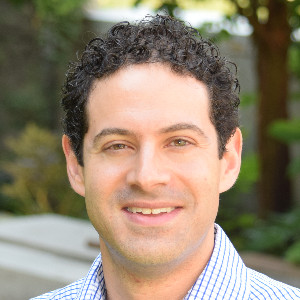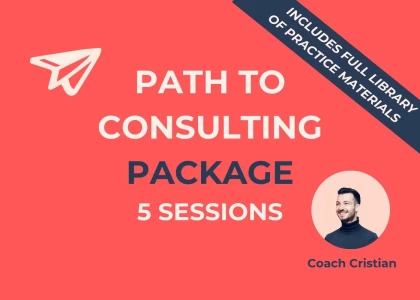Hi there,
I'm interviewing with McKinsey and have done a substantial number of online cases. In terms of performance its fine but I get contradicting feedback from different interviewers.
- Alternative 1: When you get a graph, stay quiet for max 2 mins, come back with key insights (conclusion) as well as three reasons why
- Alternative 2: (This was from an ex McK partner): he told me that there are two moments in the case where you should be taking time: structure and final recommendation. For the graphs, he told me to ideally take max 10 seconds and then discuss the graphs on the fly instead of thinking it out first (more client friendly)
Which one of these alternatives make the most sense?
















